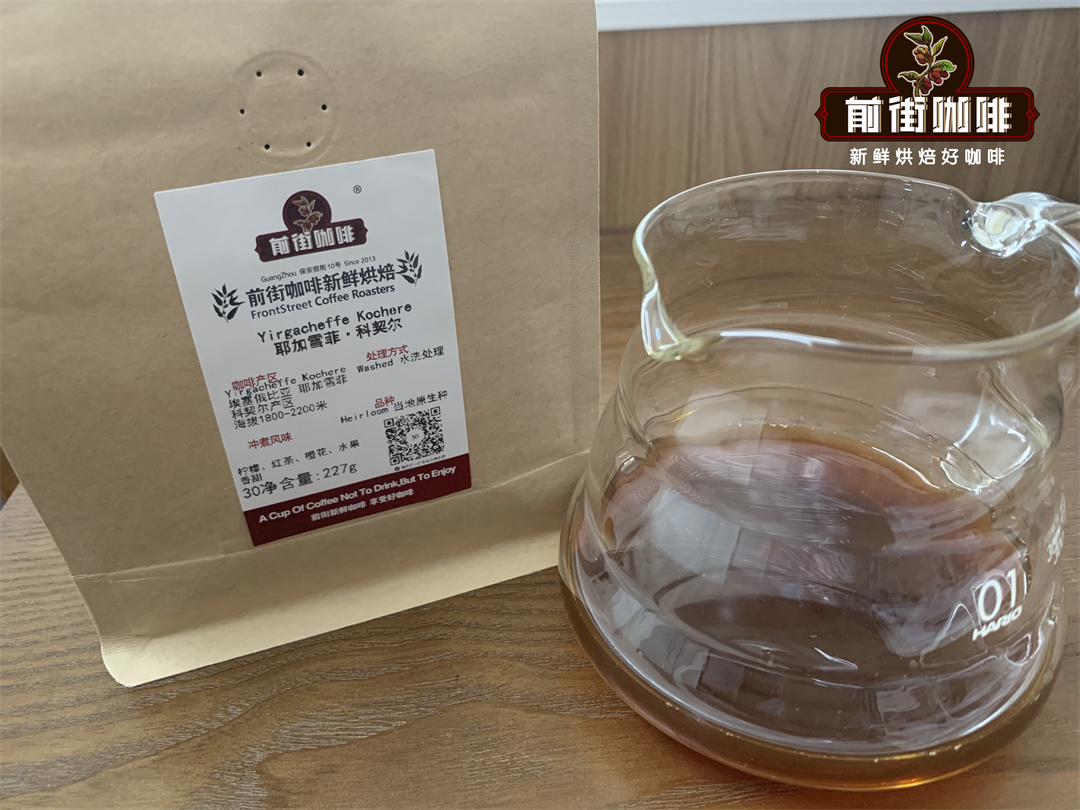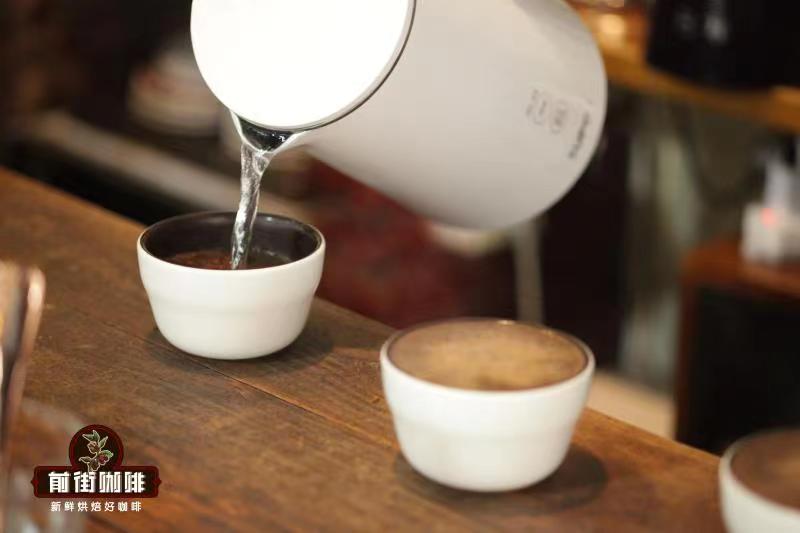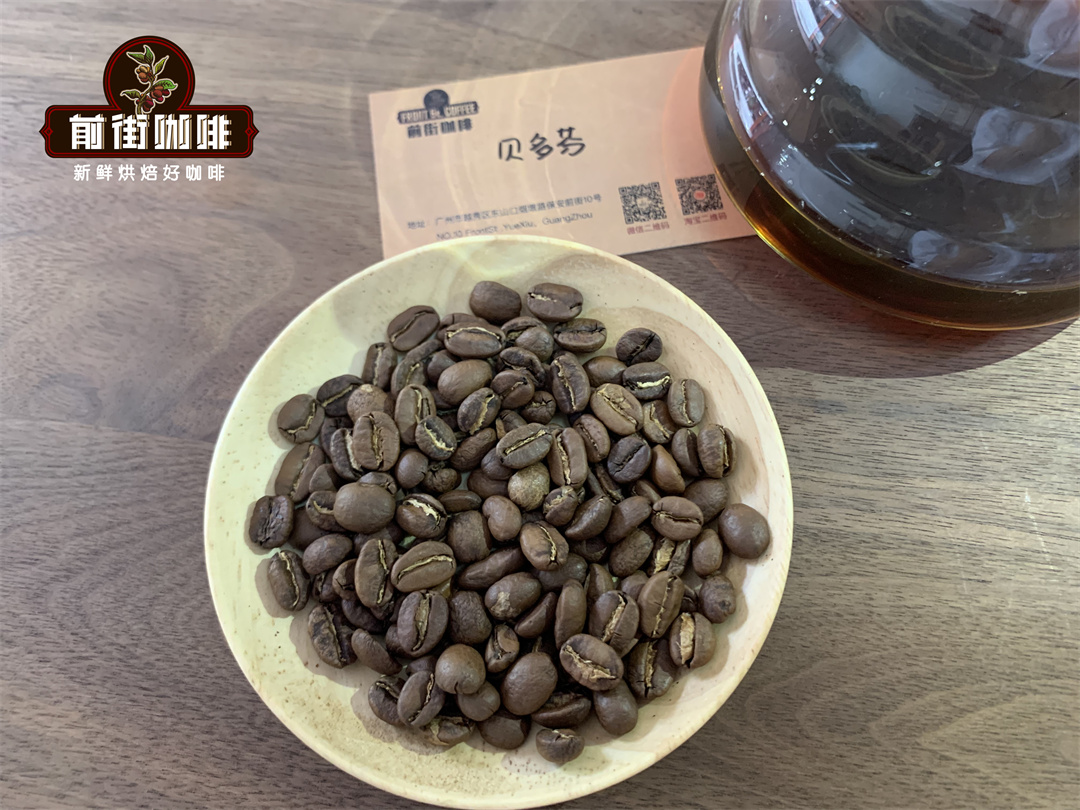Differences between native species G1meme G4 washed with kochere in Yega Fischer, Ethiopia
In Ethiopia, in addition to being wild in the woods, coffee trees can also grow directly in vegetable gardens and are grown in a fairly simple way. To put it funnily, for Ethiopians, picking and drinking coffee in the backyard is like a Chinese grandmother who goes to the water channel tonight and pulls out her own sweet potato leaves to cook. It is a part of life handed down from ancient times.
It has always been known as the birthplace of coffee (The Birthplace of Coffee), although some studies have suggested that Arabica, the main strain of boutique coffee, probably first appeared in southern Sudan, but there is a general consensus that coffee began to evolve in Ethiopia. It is estimated that there are about 6,000 to 10,000 naturally propagated varieties and subspecies in the country.
Front Street Coffee Yega Ficochel area: Yega Sheffield Kochel
Variety: native species
Planting height: 1650 m ~ 1800 m
Treatment method: washing treatment method
Grade: G1

Grading system: the smaller the number, the better.
Coffee beans in the country of clothing are usually made from the production of many small farmers, and they are not graded until they are sent to the processing plant. The basis for grading is somewhat complicated. to put it simply, the influencing factors include "bean appearance", that is, the visible quality of beans, such as the ratio of deformation, decay and moth, and preliminary flavor tests, and even differences in treatment methods, and so on.
Traditionally, washing treatment will be divided into the first paragraph of the Gr. 1-Gr. 3, the sun falls on Gr. 4-Gr. 5, however, recently, due to market demand, there have also been sun products that can be included in the top three grades, labor-consuming and carefully selected.
The origin of the name
This bean comes from the Cochelle region, is above sea level, is semi-covered with trees and is rich in acidic soil, and is a paradise for coffee trees to grow.
In terms of administrative division, Cochel is adjacent to the famous Yega Chuefei, etc., because several nearby producing areas have similarities in flavor, which are traditionally collectively referred to as "Yega Chefe". Will be marked with the actual origin "Cochel".
The coffee beans here will be concentrated in the "Haier Selaxi" processing plant named after the country's last emperor for sun-drying, which belongs to Gr, which has strict quality control and low defect rate. First-grade beans.
Important Notice :
前街咖啡 FrontStreet Coffee has moved to new addredd:
FrontStreet Coffee Address: 315,Donghua East Road,GuangZhou
Tel:020 38364473
- Prev

What is a balanced coffee flavor? Introduction to the representatives of producing areas with fruity coffee flavor
The taste of coffee introduces the unique aroma and taste characteristics of coffee as a whole and integrated feeling / perception, fusion, sour taste, aroma, bitterness, sweetness and aftertaste. Balanced coffee is a kind of coffee that does not have a single flavor feature dominant and / or overwhelm / overwhelm other flavor characteristics. Many of the best coffee in the world
- Next

Introduction to Beethoven washing treatment of Carnett Manor in Tarazhu producing area of Costa Rica
From the highest elevation of Canet in the Tarrazu Tarazu producing area of Costa Rica, it is the densest fruit growing area in Costa Rica. The rare amount of coffee is strictly harvested manually, and only the fully ripe red cherry coffee fruit is harvested. This musician series of Beethoven boutique coffee from Qianjie Coffee, come
Related
- What brand of black coffee is the most authentic and delicious? what are the characteristics of the flavor of the authentic Rose Summer Black Coffee?
- Introduction to the principle and characteristics of the correct use of mocha pot A detailed course of mocha pot brewing coffee is described in five steps.
- Which is better, decaf or regular coffee? how is decaf made?
- How much is a bag of four cat coffee?
- How about four Cat Coffee or Nestle Coffee? why is it a cheap scam?
- Which is better, Yunnan four Cats Coffee or Nestle Coffee? How about cat coffee? is it a fake scam? why is it so cheap?
- How about Cat Coffee? what grade is a hoax? which instant coffee tastes better, four Cat Coffee, Nestle Coffee or G7 coffee?
- Process flow chart of coffee making-Starbucks coffee making process what coffee tastes good at Starbucks
- The top ten best coffee beans in the world Rose summer coffee or Tanzanian coffee tastes good
- Yunnan four cat coffee is good to drink?_four cat coffee is a big brand? four cat blue mountain coffee is fake?

